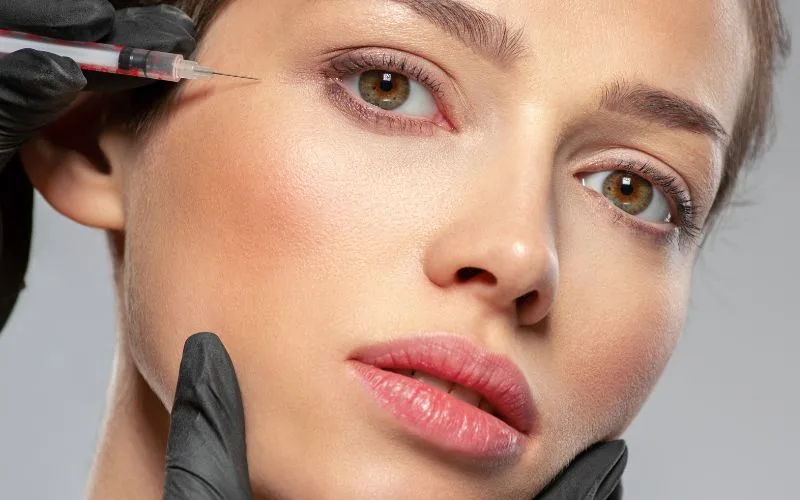Discover BTX what does it do and how it can help you. Botulinum toxin, also known as BTX or Dysport is a popularly used procedure by healthcare practitioners for dermatological, cosmetic and therapeutic purposes.
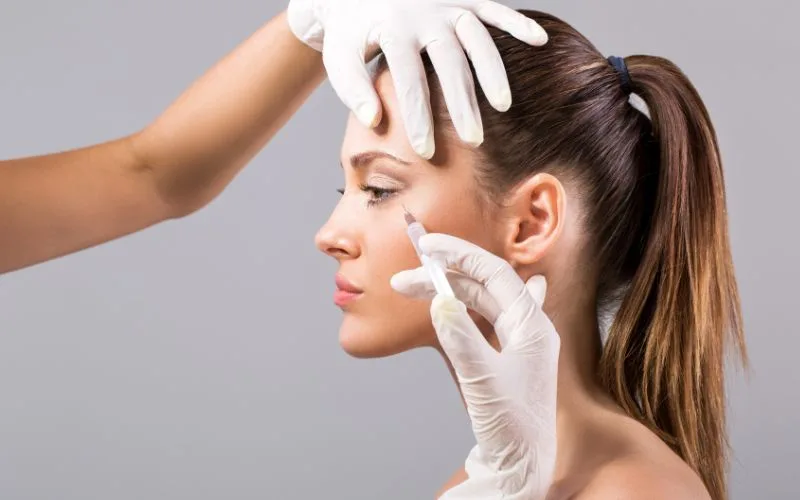
What Is BTX and What Does It Do?
BTX is a protein produced by the bacteria Clostridium botulinum. The bacteria occur naturally in soil, lakes and forests, and are even found in the intestines of certain animals. It is a neurotoxin and works by targeting the nervous system in an attempt to temporarily relax the muscle. Thus, producing the desired results. It is interesting to know that Botulinum toxin is also responsible for botulism.
Although it is a toxin, but, when used in the correct amount and proper doses, it works wonders – both medical and cosmetic. BTX was discovered in the 1970s by a Belgian scientist. Researching during the Botulism outbreak in the nation, scientist found that it helps in treating strabismus (crossed eyes, due to over-contraction of muscle in the eye causing improper alignment of both eyes when looking at an object). Once it was proven and authorized for aesthetic use, Allergan got it licensed and named the substance BTX. Subsequently, manufacturers came out with other brands such as Dysport and Xeomin. Learn about BTX vs Fillers.
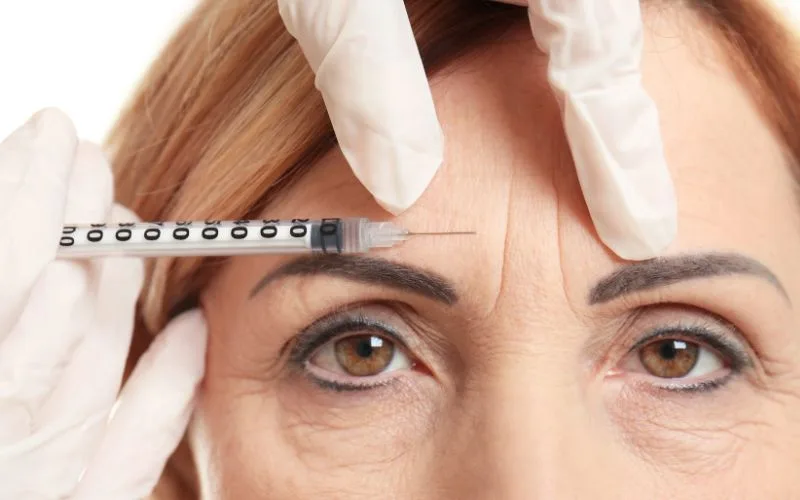
Uses Of BTX
Primarily used to reduce the appearance of facial wrinkles, its applications are not just limited to that.
Medical Uses
BTX is widely used by doctors in the treatment of medical conditions affecting the neuromuscular systems. These range from the treatment of teeth grinding, underarm/palm sweating treatment, migraines, overactive bladder, cervical dystonia, etc.
Cosmetic Uses
Its various cosmetic applications are the reason most of us know. It would not be wrong to say that BTX injections are the most popular cosmetic procedure worldwide.
The injections are administered in the following scenarios:
- Reduce crow’s feet or wrinkles around the eyes.
- Reduce horizontal creases on the forehead.
- Reduce glabellar lines or the wrinkles between the eyebrows.
- Pores reduction
- Face lifting and firming
- Neckline reduction
Slimming Purposes
Using BTX to relax and shrink certain groups of muscles, doctors can slim the body part and give it a better shape. It is commonly used in Masseter reduction treatment in Asia. Masseter is a chewing muscle located at the angle of jaw, by reducing the size of masseter, one can achieve a slimmer jaw and less squarish face shape. In general, it can be used for:
- Face Slimming
- Shoulder Slimming
- Leg Slimming
Other Uses
Off-label BTX also finds its uses in helping with conditions such as:
- Keloid scar treatment
- Prevention of surgical scar
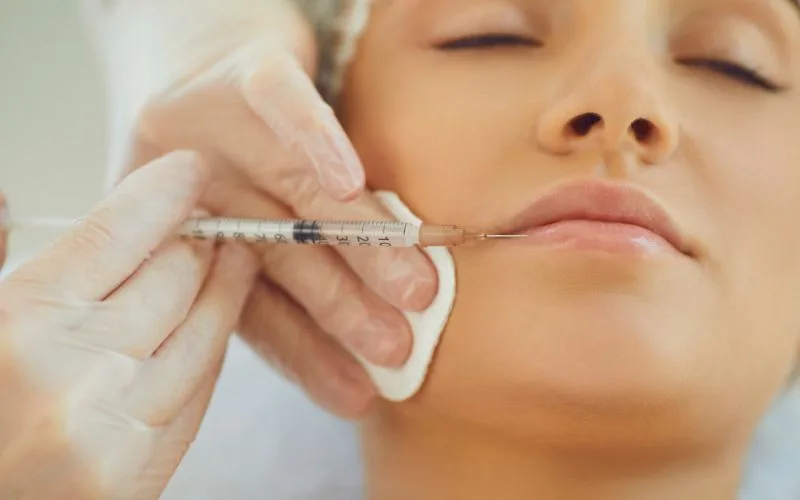
Cosmetic Uses of BBTX
Let’s discuss some of its cosmetic uses in detail.
BTX for face slimming and teeth grinding
Tired of sweating it out in the gym and surfing through YouTube for hours, learning those perfect contouring skills to achieve that chiseled face? Well, BTX can help you achieve that slim face that is naturally contoured.
Technically known as the masseter muscle reduction, the process targets the masseter muscles present at the angle of the jaw. Injecting into these muscles works by reducing their activity, as a result of which the desired face contour is achieved. Moreover, by injecting it into the chewing muscles, BTX can also help with teeth grinding and related problems. It will reduce the clenching or grinding events, keeping your teeth intact.
BTX for wrinkle removal
Wrinkles although a normal sign of aging, are considered by many as a hindrance to their good looks. Wrinkles are basically of two types:
- Dynamic wrinkles– These are caused by the movement of the facial muscles when laughing, squinting and smiling, etc. And often found between the eyebrows, forehead and around the eyes.
- Static wrinkles – These are the wrinkles and fine lines that appear without facial expression, they are formed as a result of the repetition of dynamic wrinkles and skin aging.
With the injection, the doctor aims at relaxing the local muscles and subsequently stopping the skin from folding. This helps in diminishing the appearance of wrinkles and fine lines by smoothening the skin. Read more about dynamic wrinkles vs static wrinkles
BTX for face-lifting
It is called micro-BTX or BTX dermo-lift. It is a rather simple procedure in which diluted BTX/dysport are injected into the superficial layer of skin, along the hairline encircling the face.
Unlike the conventional procedures, this leads to the tightening of the skin surface, giving it a perfect lift and yet looks natural, because each injection point only consists of a tiny dose of BTX.
BTX for pore reduction
BTX for pore reduction is known as intradermal BTX or meso BTX. It not only reduces the pore size but also lessens the oil production, decreases acne marks and also minimizes sweat production. The arrector pili muscles are targeted in this case.
BTX for sweaty armpits & palms
Hyperhidrosis is a medical term for excessive sweating, and a certified doctor can help you keep the problem at bay!
According to the Hyperhidrosis Society, BTX has been proven to reduce underarm sweating. Not only the underarms but the scope of these procedures has been extended to the hand, back, face and nose too.
Being a neurotoxin, it works in this case by blocking the nerves responsible for the activation of the sweat glands. The nerves that signal the sweat glands are more active in people with hyperhidrosis, so when the BTX is applied, it paralyzes the nerves concerned. Thus, reducing sweating.
Slim the shoulder muscle with that shot
When people are stopping at nothing to achieve the body of their dreams, why should science? Turns out you can use it to contour your shoulders too.
This process is referred to as the Trapezius BTX. It targets the trapezius muscles present in the shoulder, whose job is to help in the movement of the shoulder and neck. The BTX in this case is injected into the upper shoulder (trapezius muscle) directly to relax the muscle. It is safe and will not affect your neck or shoulder movement.
Slim your calves too
One session and there you are with your perfectly sculpted calves.
So far we have learned that BTX targets a particular muscle and in doing so, provides the needed results. In this case, the gastrocnemius muscles, the ones responsible for the definition and bulkiness of the calves are targeted.
The effects of the procedure usually start to show within 2-3 weeks. They last usually for 4 to 6 months. It is a safe procedure and shall not affect your normal walking or running. However, if you are wearing high heels, you may want to be more mindful.
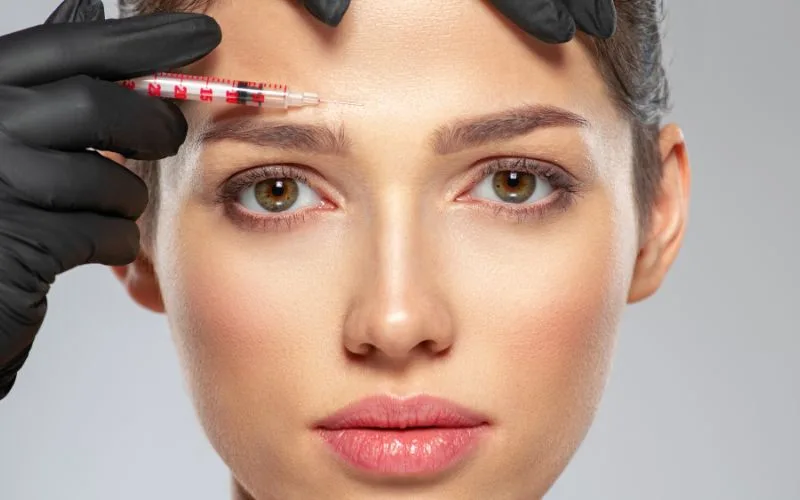
Typical BTX Cost and Price
BTX cost can vary based on several factors, including the expertise of the administering practitioner, and the number of units required. On average, the BTX price is determined by per unit ranges from $10 to $20, with each treatment area typically requiring a specific number of units.
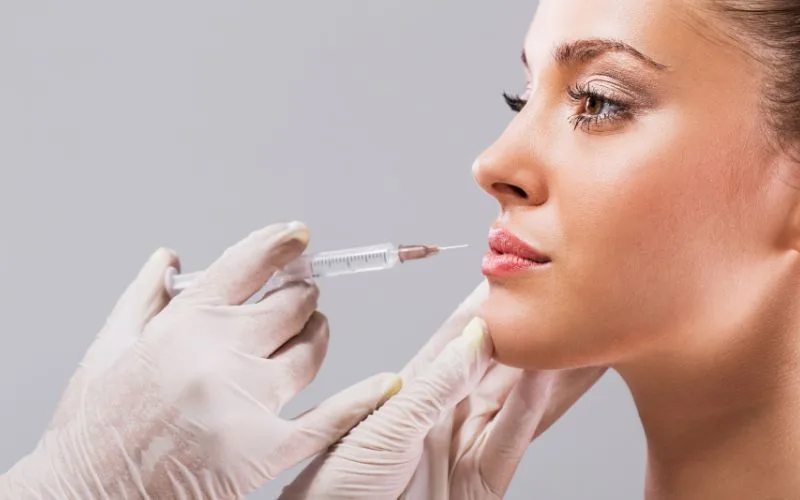
How Long Does It Take for BTX to Work
The onset of BTX results varies, with noticeable effects typically beginning to emerge within 3 to 5 days after the injection. However, the full impact of the treatment may take up to 2 weeks to become evident. BTX works by temporarily blocking nerve signals to the targeted muscles, reducing their activity and smoothing out wrinkles and fine lines. The duration of its effectiveness can last anywhere from 3 to 6 months, depending on factors such as the individual’s metabolism, the treated area, and the number of units administered. Patients often find that subsequent BTX injections may provide longer-lasting results over time.
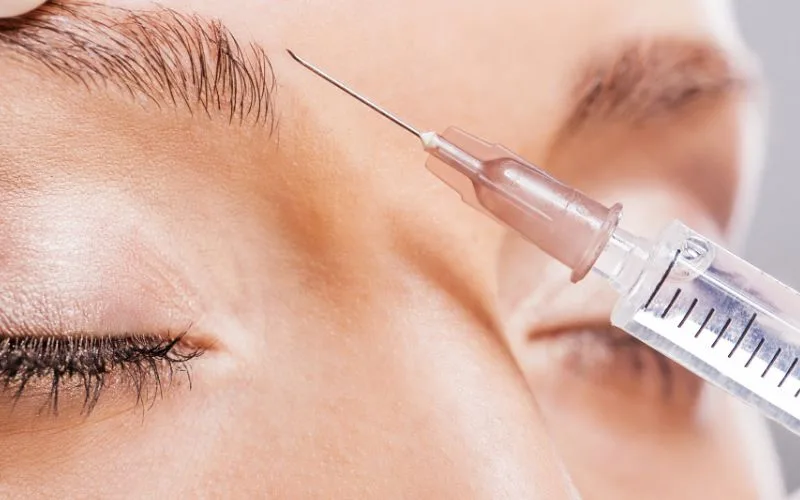
Are There Any Potential Side Effects?
As per the side effects, has proved itself to be safe for both long and short-term uses. It can only be dangerous when delivered in incorrect quantities. To avoid this, one must always choose an experience and certified professional before undergoing the procedure.
Conclusion
When it comes to BTX, is an effective and useful substance in cosmetic treatment. It has become so popular in the industry that it has received the title of a “Miracle Toxin”. Offering good results in removing wrinkles, it also renders various other benefits. We hope this information has helped you understand the procedures better! Lastly, a prior consultation before any procedure will help you make an informed decision.
